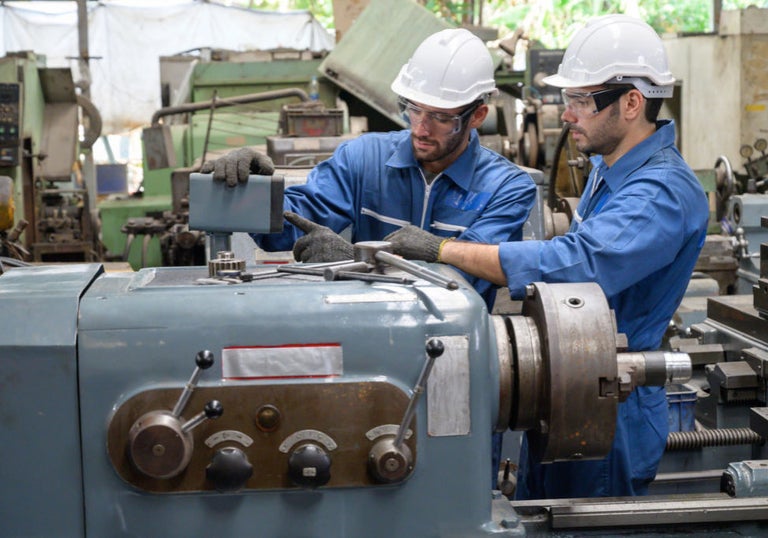The question then becomes, how do you ensure your reliability program is consistently providing accurate diagnoses?
Luckily, there are some things you can do to ensure the result of your reliability program is accurate and efficient reporting.
- We would first recommend prioritizing what type of maintenance approach you will take: reactive, preventive or predictive/proactive. Generally, predictive or proactive maintenance is the best approach, but in some cases (for example, a very inexpensive fan motor or a rarely used asset), reactive or preventive may be appropriate. The bottom line is to tailor your maintenance approach to a particular asset and situation.
- It’s also important to check critical assets regularly and on a maintenance schedule. If you are checking machines for healthy bearings, looseness, unbalance, or any number of other factors before a machine is actually having a problem, you will have valuable data to utilize when you actually need to diagnose a machine having an issue. It’s very helpful to have different sets of data from the same machine that you can compare to determine where the issue lies. The more data you have gathered, the more accurately you will be able to analyze current reports. Additionally, the more data captured on an asset or problem, the more your organization can take a proactive approach to maintenance and provide a true root cause solution.
- Next, always be asking “why”: Why do bearings keep failing on a specific machine? Why does a certain fan continue to have issues with unbalance? Why do certain machines need more lubrication than others? Using an exercise like Five Whys to pinpoint the true root cause of the issue allows for application of corrective actions and will help prevent future issues. By providing a framework for a methodical process of cause and effect, a tool like Five Whys can also help you isolate which part of the asset is causing the problem, which will ultimately help you achieve a quicker diagnosis with less frustration. Plus, thinking about root cause will improve your critical thinking skills, which will serve you well in
- Ensure you have the right personnel analyzing the faults within a process. Training is key. When new employees are sent out to collect and analyze the condition of your assets, make sure they are accompanied by a more experienced employee who can offer direction and ensure the new employee develops good habits. In tandem with training, eliminating what can be called “tribal knowledge” is also important. There are many experienced maintenance personnel who have loads of knowledge stored up, but if they are not documenting this knowledge and best practices, the new generation of maintenance professionals will miss out. We recommend finding a workable way to transfer the valuable information held by experienced employees into your CMMS so it can be utilized by all employees. Part of this could include consistent labeling of assets, utilizing the barcode feature like in our OneProd Falcon, and organizing the data that you already have.
For all of the above practices, we recommend organizing machines by an asset hierarchy and utilizing a CMMS system to save machine information in a place that is easily accessible to anyone who performs maintenance or supervises maintenance on your machines. Accuracy and efficiency is key to the success of a reliability program, and we hope the above steps will help you achieve these things. Share your experience with implementing a reliability program below!








